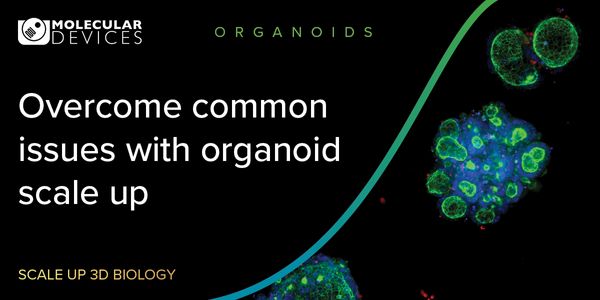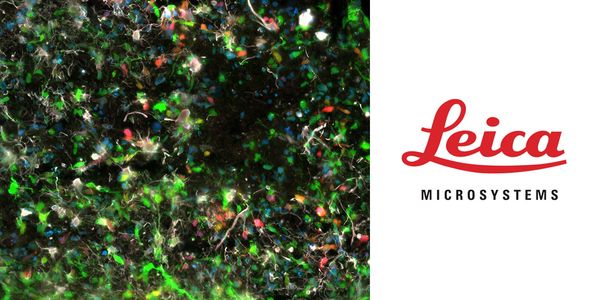Co-Founder and Chief Scientific Officer, Neurona Therapeutics, Assistant Professor, Adjunct, University of California, San Francisco, United States
BIOGRAPHY

AUG 30, 2016 8:00 AM PDT
Transplanted human stem cell-derived interneuron precursors mitigate mouse bladder dysfunction and central neuropathic pain after spinal cord injury
Presented at:
4th Annual 24 Hours of Stem Cells™ virtual event
Speaker
Abstract
Neuropathic pain and bladder dysfunction represent significant quality of life issues for many spinal cord injury patients. Loss of GABAergic tone in the injured spinal cord may contribute to the emergence of these symptoms. Previous studies have shown that transplantation of rodent inhibitory interneuron precursors from the medial ganglionic eminence (MGE) enhance GABAergic signaling in the brain and spinal cord. Here we look at whether transplanted MGE-like cells derived from human embryonic stem cells (hESC-MGEs) can mitigate the pathological effects of spinal cord injury. We find that six months after transplantation into injured mouse spinal cords, hESC-MGEs differentiate into GABAergic neuron subtypes and receive synaptic inputs, suggesting functional integration into host spinal cord. Moreover, the transplanted animals showed improved bladder function and mitigation of pain-related symptoms. Our results therefore suggest that this approach may be a valuable strategy for ameliorating the adverse effects of spinal cord injury.
You May Also Like
OCT 24, 2023 | 8:00 AM
Organoids are three-dimensional (3D) multi-cellular, microtissues derived from stem cells that closely mimic the complex structure and functionality of human organs. They offer more accurate...
OCT 24, 2023 | 10:00 AM
Organoids are three-dimensional (3D) multi-cellular, microtissues derived from stem cells that closely mimic the complex structure and functionality of human organs. They offer more accurate...
MAR 26, 2024 | 7:00 PM
C.E. CREDITS
The implementation of a preemptive pharmacogenomics (PGx) program in a hospital setting requires a multidisciplinary approach to ensure seamless integration of each stage of the process for...
Speaker:
Steven Melnick. Ph.D., M.D.
, Dr. David Mancuso, Pharm.D. CPh , MSPM
Sponsored By: Thermo Fisher Scientific
MAR 26, 2024 | 8:00 AM
C.E. CREDITS
The implementation of a preemptive pharmacogenomics (PGx) program in a hospital setting requires a multidisciplinary approach to ensure seamless integration of each stage of the process for...
Speaker:
Steven Melnick. Ph.D., M.D.
, Dr. David Mancuso, Pharm.D. CPh , MSPM
Sponsored By: Thermo Fisher Scientific
OCT 31, 2023 | 9:00 AM
Gene therapy holds potential for treating neurological diseases by delivering genetic information into specific cell types. However, selective and efficient targeting of cell types remains c...
NOV 08, 2023 | 8:00 AM
Generating Insights into tissue microenvironments is crucial to our understanding of normal and abnormal tissue development such as during cancer progression. Spatial biology methods using m...
Loading Comments...
Please update your information
Certificate of Attendance
Thank you for choosing Labroots. Please note that a Certificate of Attendance does NOT count towards Continuing Education Credits.
DOWNLOAD CERTIFICATE
DOWNLOAD CERTIFICATE
You must watch the entire webinar to receive your certificate of attendance.
You must attend the event before receiving your certificate of attendance.
You must register for the event first.
Certificate is no longer available for this event.
You must be logged in to retrieve your certificate.
Finish Registering
Attendees
-
APR 30, 2024Immuno-Oncology Virtual Event Series 2024
-
MAY 07, 20243rd International Biosecurity Virtual Symposium
-
SEP 03, 2024Microbiology Week Virtual Event Series 2024
- See More
-
APR 18, 2024
- See More












































